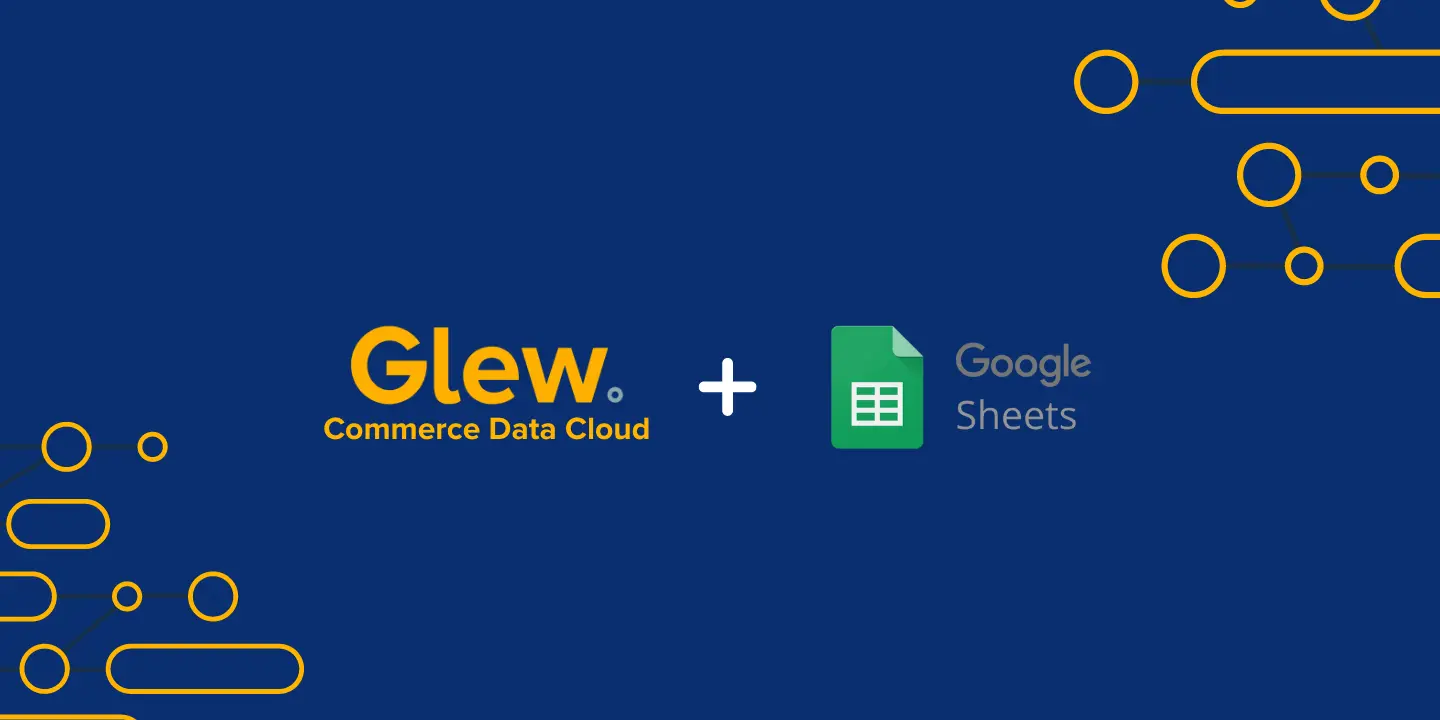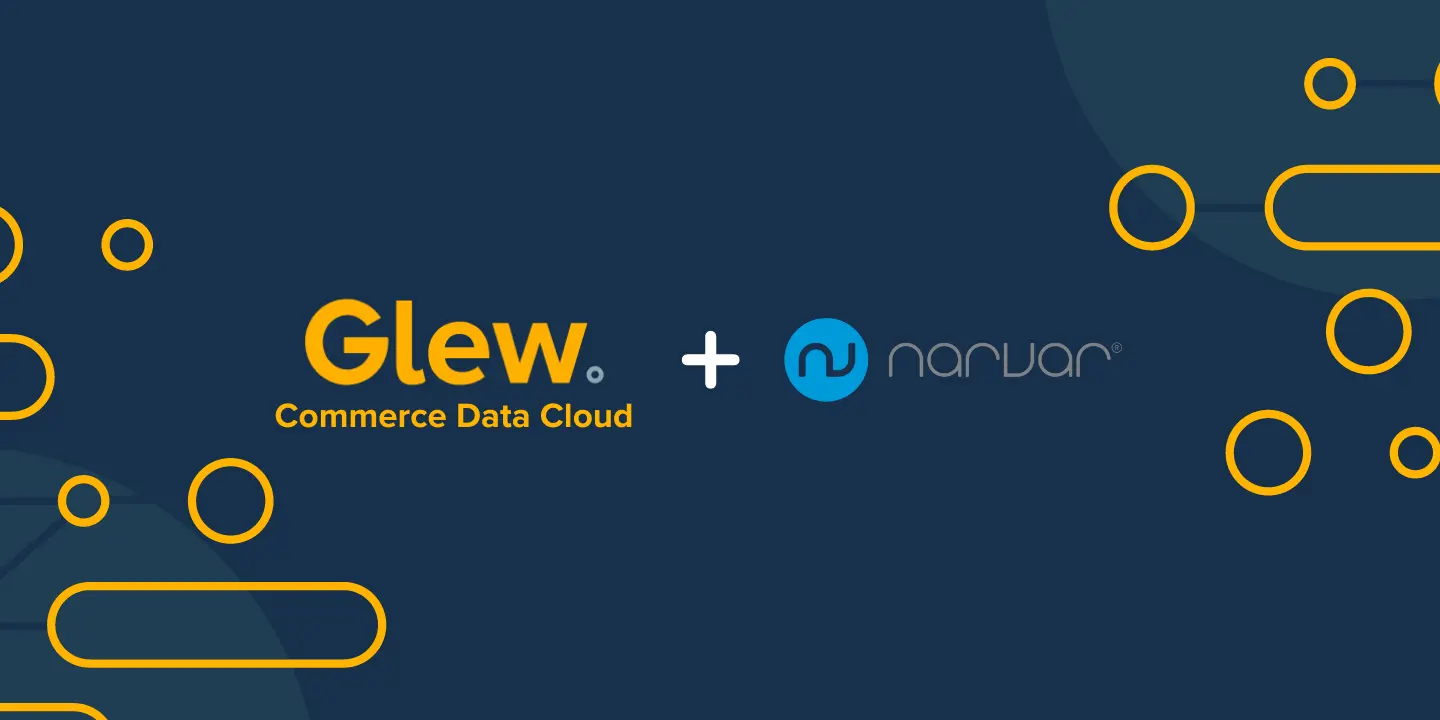As multi-brand commerce organizations continue expanding their footprint across channels and geographies, executives grapple with an increasingly complex landscape. From inventory reporting to marketing campaigns and customer service, overseeing operations at scale presents considerable challenges. Amidst this intricacy, unified commerce data solutions offer a powerful solution. By consolidating disparate data sources into a centralized system, businesses can unlock unprecedented visibility, driving strategic decision-making and accelerating growth trajectories.
The Importance of Data in Multi-Brand Commerce
Comprehensive data intelligence is vital for multi-brand organizations' success across their entire portfolio. It serves as the backbone for monitoring and optimizing every facet of operations, from supply chain and inventory reporting to marketing campaigns and sales initiatives. It also enables businesses to deliver seamless, tailored experiences that foster customer loyalty and drive retention.
For instance, real-time inventory data can help organizations identify potential stockouts or overstocking situations, allowing them to adjust production and distribution plans accordingly. Similarly, granular sales data can reveal which products or categories are top performers, enabling targeted marketing efforts and informed merchandising decisions.
However, as these organizations diversify product lines and expand into new markets and channels, the risk of data fragmentation looms large. Siloed information scattered across disparate systems can lead to inconsistencies, redundancies, and blind spots that obscure the big picture. Without a cohesive view of performance data, multi-brand companies may struggle to make informed decisions, allocate resources efficiently, and respond nimbly to market shifts or emerging customer preferences.
A hypothetical example:
A multi-brand retailer launches a new product line but fails to align its marketing campaigns across brands due to siloed data. This results in conflicting messaging and a disjointed customer experience, ultimately impacting sales and brand perception.
What is Unified Commerce Data?
Unified commerce data is the solution to this fragmentation challenge. It involves aggregating and integrating data from the myriad sources that comprise an organization's technology ecosystem, including e-commerce platforms (e.g., Shopify, BigCommerce, Magento), marketing automation tools (e.g., Klaviyo, Hubspot, Marketo), inventory management systems (e.g., Fishbowl, Ordoro), customer relationship management (CRM) solutions (e.g., Salesforce, Zoho), and more. This holistic approach stands in stark contrast to traditional data collection methods, which often result in information silos, with each department or brand maintaining its own isolated data repository.
By consolidating these disparate data streams into a centralized, unified system, multi-brand organizations can gain a comprehensive, harmonized view of their operations, sales, marketing, and customer interactions. This unified data eliminates the risk of conflicting insights and incomplete perspectives arising from siloed data sources, enabling companies to make decisions based on a clear, consistent, and accurate understanding of their business performance.
A hypothetical example:
A multi-brand fashion retailer may have separate data sources for their e-commerce platforms, email marketing campaigns, and in-store point-of-sale systems. Without a unified data solution, it becomes challenging to understand the complete customer journey, from initial marketing touchpoints to purchase behavior across channels, hindering their ability to optimize customer experiences and drive loyalty.
The Challenges of Data Disparity
In the absence of a unified data system, multi-brand organizations frequently encounter a myriad of obstacles. The number of data silos increases, with each department or brand maintaining its own isolated data sets, hindering collaboration and cross-functional alignment. Inconsistencies are often commonplace as different teams rely on varying data sources, leading to contradictory insights and suboptimal decision-making. Furthermore, accessing and analyzing data is cumbersome and resource-heavy, hampering agility and responsiveness in dynamic market conditions.
The consequences of data disparity can be far-reaching. The ripple effects permeate the organization from missed opportunities for cross-selling and upselling to inefficient inventory reporting and misaligned marketing strategies. In 2023, Harvard Business Review reported that only 3% of companies' data meets basic quality standards, and flawed data can increase costs tenfold, leading to an average annual loss of $15 million, according to Gartner. Investing in data quality upfront can significantly cut long-term expenses.
Benefits of Data Aggregation
By aggregating data from multiple sources into a unified system, multi-brand organizations can unlock a wealth of benefits. Chief among them is enhanced visibility across all aspects of the business, enabling executives to monitor performance metrics, identify trends, and make informed decisions with confidence.
For instance, a multi-brand apparel retailer can gain unparalleled visibility through data aggregation, including:
- A comprehensive view of inventory levels across all brands, locations, and channels, allowing for proactive replenishment and optimal stock allocation.
- Insight into sales patterns and top-performing products/categories, enabling targeted merchandising and marketing strategies.
- A deeper understanding of customer preferences and behavior, facilitating personalized product recommendations and tailored promotions.
- Ability to track marketing campaign performance by brand, channel, and customer segment, optimizing spend and maximizing ROI.
- Centralized customer data for a single view of the customer journey, from initial touchpoints to post-purchase engagement, fostering customer loyalty.
This visibility empowers them to optimize stock levels, tailor marketing campaigns to specific customer segments, and streamline supply chain operations, ultimately driving revenue growth and improving operational efficiency. Moreover, advanced analytics capabilities enabled by data aggregation can unlock predictive modeling, allowing organizations to forecast demand, plan inventory, and allocate resources more accurately.
Furthermore, data aggregation facilitates cross-brand synergies and knowledge sharing. Best practices and successful strategies can be replicated across the portfolio, accelerating the adoption of proven tactics and minimizing redundant efforts. This collaborative approach fosters innovation, enabling organizations to capitalize on emerging opportunities swiftly and stay ahead of the competition.
Ensuring Data Accuracy and Availability
While data aggregation is a critical first step, ensuring the accuracy and timely availability of this consolidated information is paramount for effective decision-making. Inaccurate or outdated data can lead to flawed insights, misguided strategies, and suboptimal outcomes.
Organizations must improve their processes and use modern technology to ensure data integrity. This involves implementing data validation methods, such as automated checks for missing values, duplicates, or inconsistent formats, to identify and correct inconsistencies. Automated data cleansing and normalization procedures, like standardizing naming conventions and formatting across data sources, are also essential for maintaining data quality.
A hypothetical example:
A multi-brand retailer may have inconsistent product naming conventions across their various e-commerce platforms, leading to inaccurate inventory reports and inefficient order fulfillment. By implementing data normalization procedures, they can ensure consistent product naming, enabling accurate inventory tracking and efficient order processing.
Additionally, real-time data integration and updates ensure decision-makers can access the most current information, enabling agile responses to market shifts and emerging trends.
A hypothetical scenario:
A multi-brand organization failed to capitalize on a viral social media trend due to reliance on stale data, resulting in a loss of potential sales and customer engagement.
Implementing a Unified Data Solution
Transitioning to a unified commerce data system is a multi-faceted endeavor that requires careful planning and execution. Organizations must first identify and integrate all relevant data sources, which often involves overcoming technical hurdles and bridging disparate systems.
Leveraging advanced data management platforms becomes crucial to streamlining this integration. Solutions like Glew's Commerce Data Cloud specialize in providing a centralized hub for aggregating and harmonizing data from various sources, automating the extraction, transformation, and loading processes. These platforms offer robust data warehousing capabilities, ensuring secure and scalable storage, as well as powerful analytics tools for generating actionable insights.
For instance, Glew's platform supports over 170 pre-built integrations with leading e-commerce platforms, marketing tools, and other data sources, enabling seamless data consolidation. Its intelligent data warehouse also ensures secure data storage and efficient data preparation, supporting advanced reporting and analytics capabilities through a user-friendly interface.
In Conclusion:
Data is the cornerstone of success in the ever-evolving landscape of multi-brand commerce. By embracing unified commerce data strategies, organizations can transcend the limitations of fragmented information silos and unlock a world of untapped potential.
Businesses can comprehensively understand their operations through data aggregation, enabling informed decision-making, optimized resource allocation, and tailored experiences that resonate with customers across all brand touchpoints. Moreover, by ensuring data accuracy and availability, executives can confidently navigate market complexities, seize emerging opportunities, and drive sustainable growth trajectories.
As the imperative for data-driven intelligence intensifies, forward-thinking multi-brand organizations must prioritize evaluating and enhancing their data systems. By doing so, they can position themselves at the forefront of their industries, delivering exceptional customer experiences and achieving a competitive edge in an increasingly data-centric world.


.svg)
.svg)
.svg)
.svg)
.svg)






